Why did Visma glue their tubeless tires as if they were tubulars?
Although a couple of weeks have passed since the Paris-Roubaix was held, curiosities about the specific equipment used by the teams in this iconic race are still being discovered. One of the most striking ones is found in the wheels used by the Visma-Lease a Bike cyclists beyond the widely discussed use of the Gravaa system to adjust tire pressure on the fly.
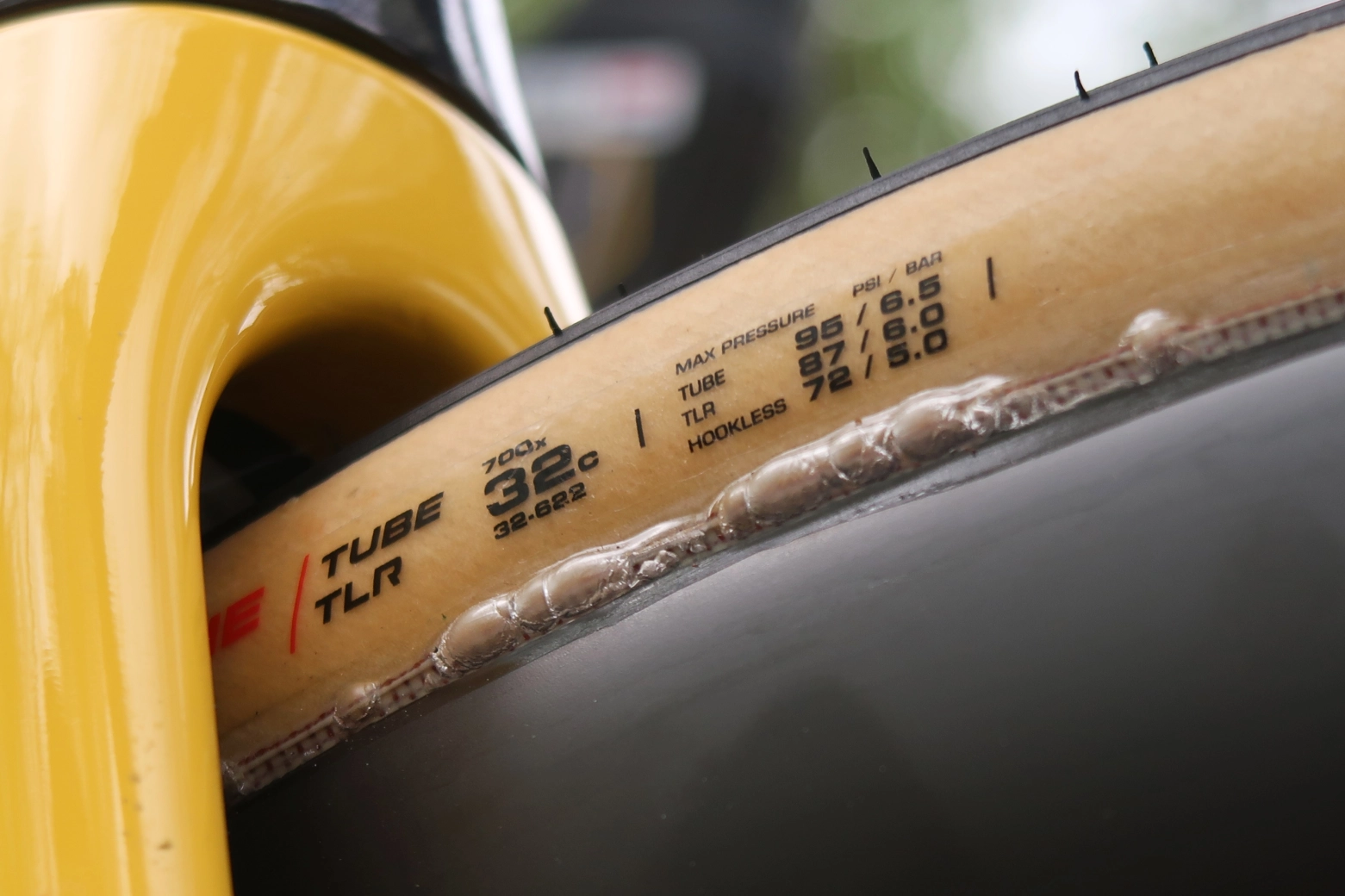
Visma-Lease a Bike recovered mastik for the wheels used in Paris-Roubaix
Tubeless has become the standard for all teams in the peloton today, relegating traditional tubular tires almost to oblivion. A technology that, on a daily basis, provides a quality ride and, at the same time, greatly simplifies the work of the teams' mechanics.
However, in some specific situations, tubeless shows its main disadvantage compared to tubular tires: in case of a sudden puncture and with certain combinations of rim/tire, it is very likely to come off the rim, which can lead to a fall apart from not allowing the cyclist to continue riding until the team car reaches their position.
RECOMENDADO
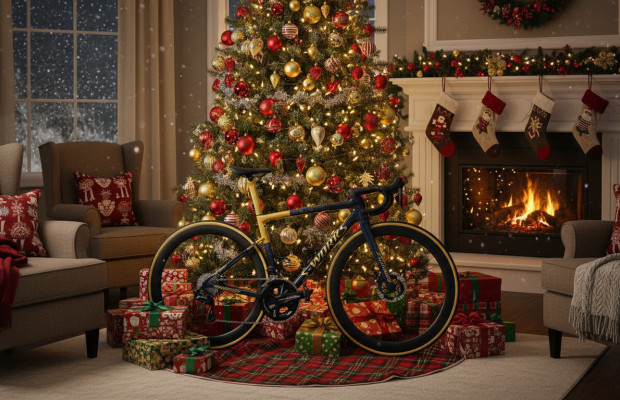
25 cycling gifts ideas to get it right

When do helmets have to be changed? Do they have an expiration date?
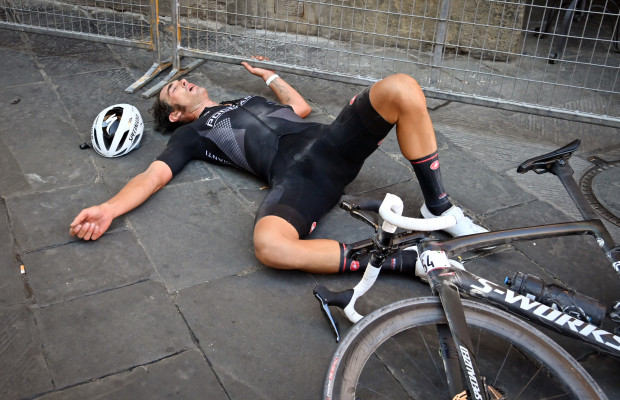
How many days should a cyclist rest per week?
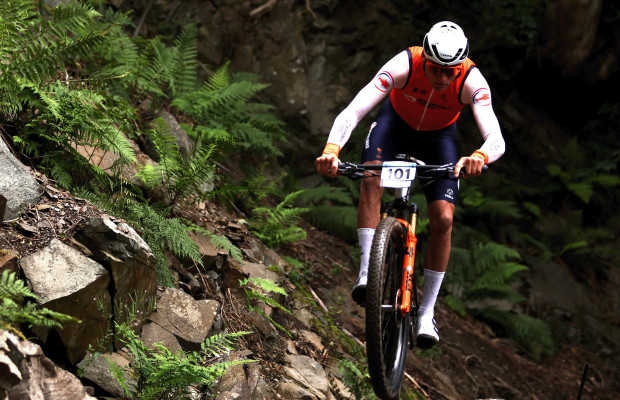
Some reasons to stay away from the road in winter
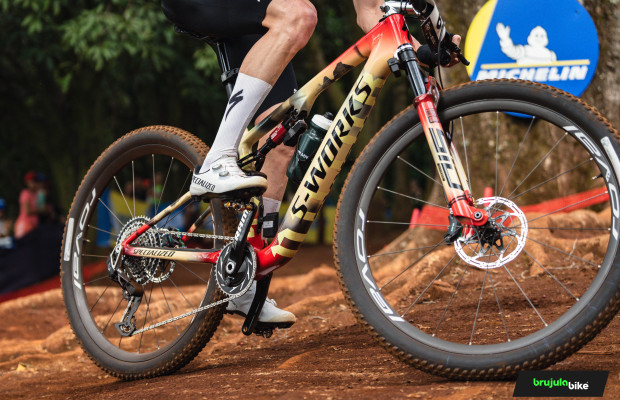
S-Works: what does it really mean and where does Specialized's most exclusive label come from?

The best apps for cycling and mountain biking
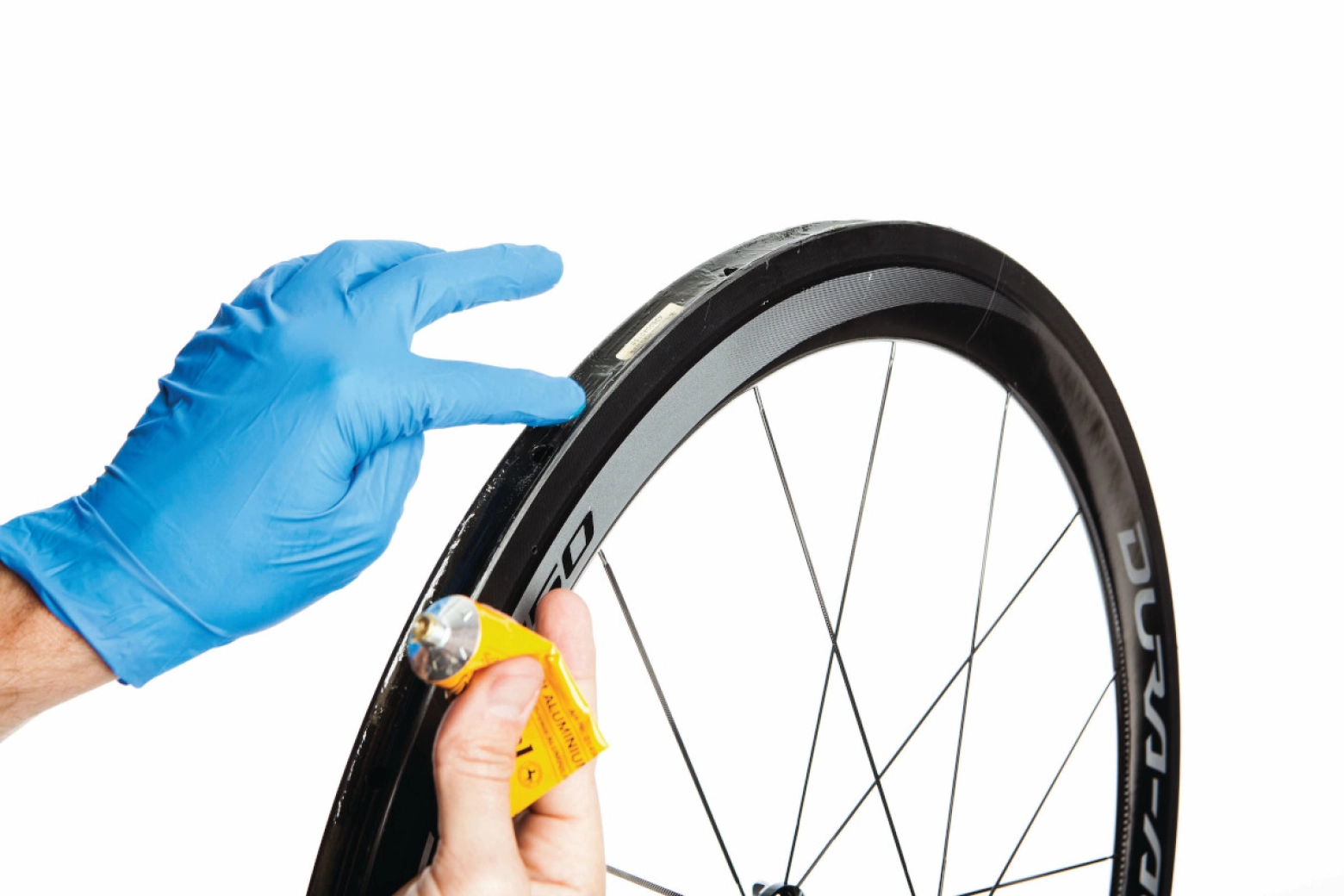
This situation has become quite common in the Paris-Roubaix where the impact of the cobblestones sometimes causes tubeless tires to puncture or come off, ruining the chances of that cyclist who feels powerless to reach the end of the section where there are usually assistants with spare wheels.
To solve this, most teams install foam or mousse inserts for this race that minimize the risk of punctures and tire coming off while allowing to keep pedaling in case of losing all pressure. So why were traces of mastik, the glue used for tubular tires, seen on the wheels of the Visma-Lease a Bike cyclists for this race?
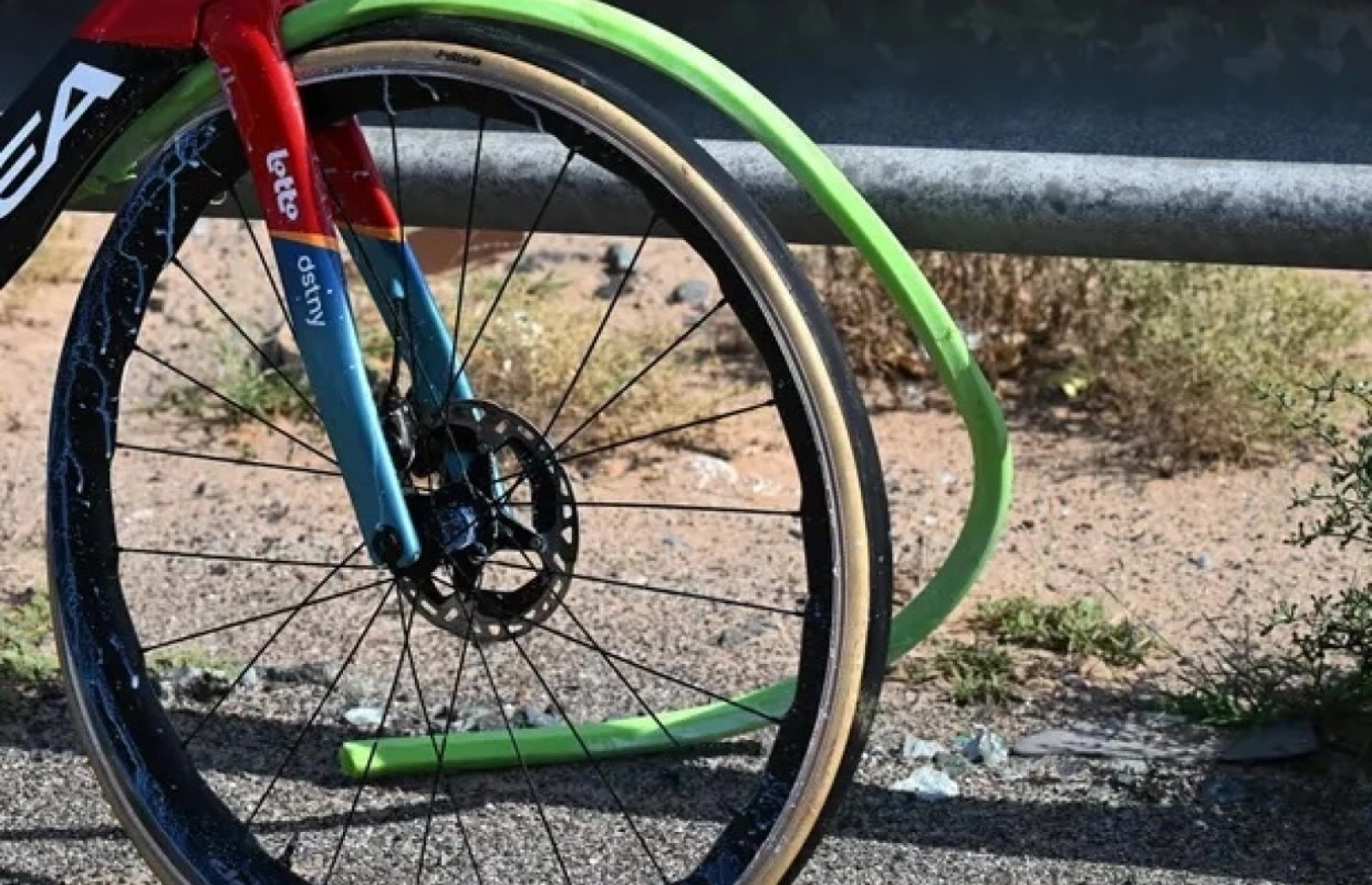
While foam inserts are effective against tire coming off in case of a puncture, the Visma-Lease a Bike cyclists could not use them for this race. The reason lies in the use of the Gravaa pressure adjustment system, which cannot be used together with the mousse. To deal with the problem of tire coming off in case of a puncture without resorting to foam, the mechanics of Visma-Lease a Bike came up with the idea of recovering the mastik.
By impregnating the shoulders and sides of the rim with mastik, they managed to firmly fix the tires to it without resorting to the usual foam inserts. Undoubtedly, a makeshift solution but one that proved effective for this purpose. However, having to resort to these inventions once again highlights the weaknesses of the tubeless system.
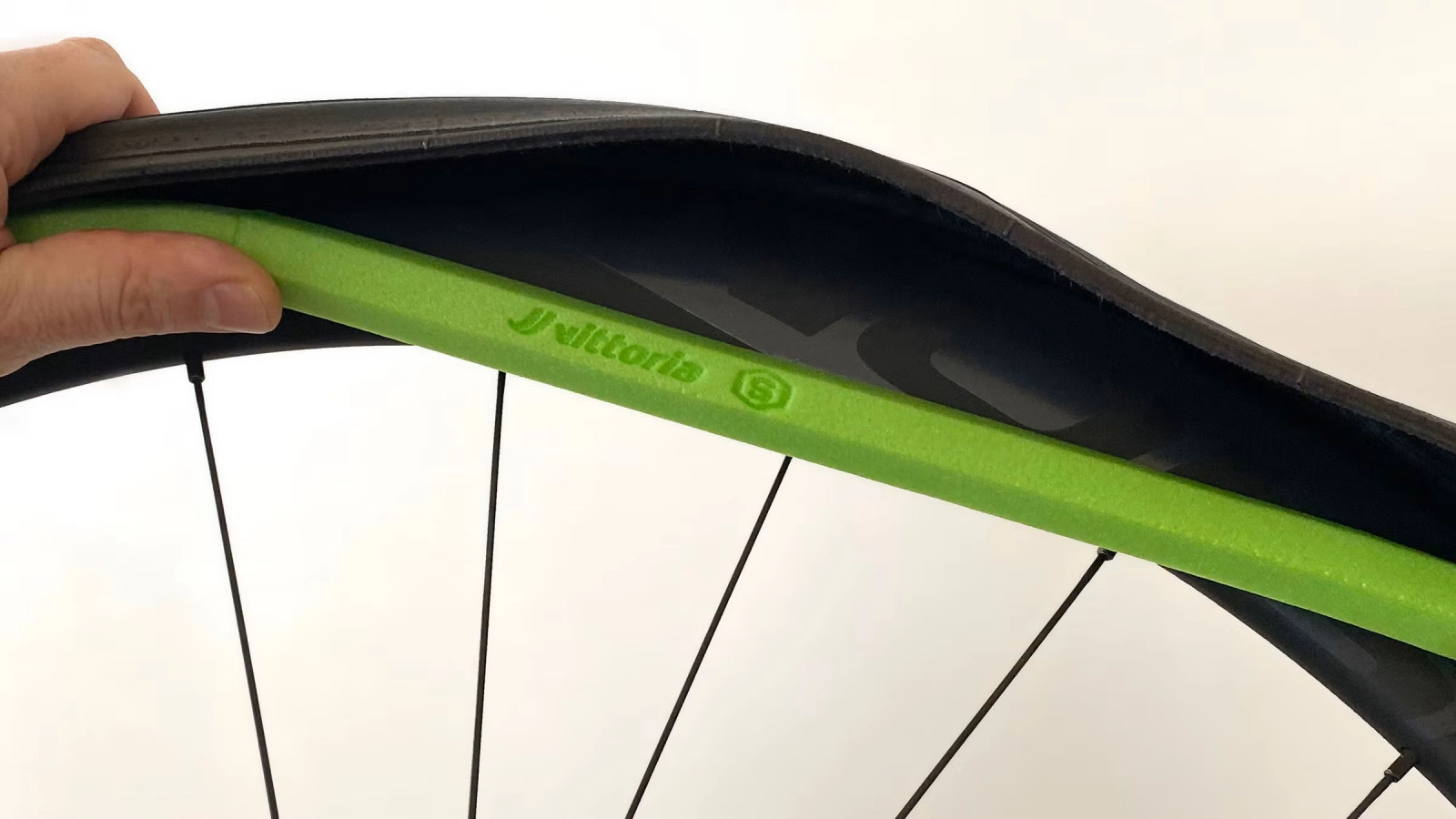
It is true that this happens in a specific event like the Paris-Roubaix and that, on a daily basis, it is very rare to see tires coming off, however, the possibility of this happening still exists especially with some combinations of tire and hookless rims, which even led to an investigation by the UCI last year after Thomas de Gendt fell due to this cause.
We continue to encounter tolerance problems, fortunately fewer and fewer, between some models of rims and tires that cause cases of tires that fit very loosely on the rims or, on the contrary, are extremely difficult to fit. On the other hand, the progressive increase in the internal width of the rims, which does not go hand in hand with an increase in tire width, currently with the 700x28c size being the most common in the peloton, means that in some rims that measurement falls below the minimum usable, as in the case of the Reserve rims used by Visma-Lease a Bike with a rim width of 25.4 mm, which requires using tires of at least 700x30c.